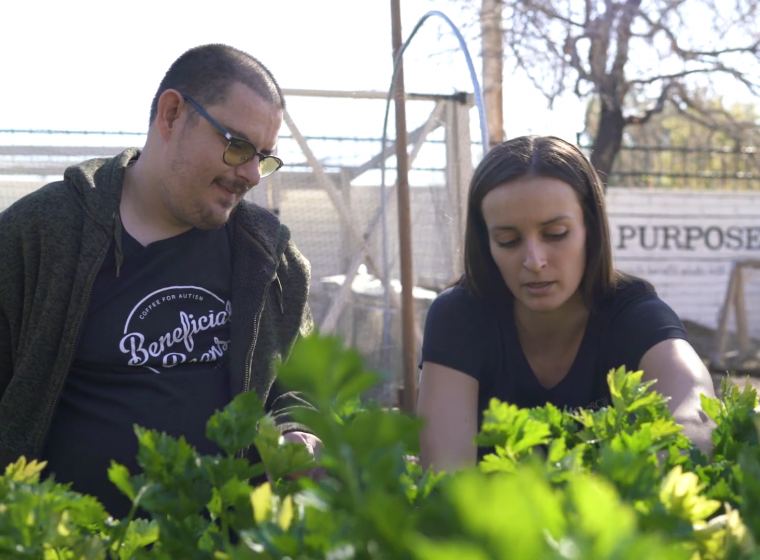SARRC’s clinical model is grounded in Applied Behavior Analysis (ABA) with a particular focus on naturalistic behavioral interventions in inclusive environments, including but not limited to: in the home, in school, on the job or in the community. Each of SARRC’s therapeutic programs, classes and trainings are guided by best practice models; the most currently available science; increasing independence and producing meaningful outcomes; and the individualized needs of the children, teens, adults with autism and families we serve.
What is Applied Behavior Analysis (ABA)?
Applied Behavior Analysis, commonly referred to as ABA, is a scientific approach to understanding behavior. ABA refers to a set of principles that focus on how behaviors change, or are affected by the environment, as well as how learning takes place. ABA emphasizes direct observation, objective measurement and evaluation of the effects of specific interventions to be sure they are having the desired outcome.
ABA requires the implementation of established principles of learning, behavioral strategies and environmental modifications to improve and teach new behaviors. In practice, the implementation must be systematic so therapists can identify how behavior can be changed and understand how learning occurred.
The overarching goal of ABA is to establish and enhance socially important behaviors. Such behaviors can include academic, social, communication and daily living skills; essentially, any skill that will enhance the independence and/or quality of life for the individual.
Is ABA only for children with autism?
A common misconception is that ABA is only effective when used to support children with autism. While much of the research still focuses on children with autism and the benefits that can be achieved through ABA treatment, there is also evidence and support for the effectiveness of ABA with older individuals with autism. In fact, ABA is an approach that has been shown to be effective outside of the autism field. So, while ABA has been well documented with children with autism, it also can be a very effective approach when working with teens and adults with autism.
Are all ABA-based programs the same?
ABA-based programs utilize different behavior-based teaching paradigms to work on skills and, therefore, no two programs should look identical. Instead, there are commonalities that link each program together – for example, the use of reinforcement to maintain or increase a desired response or providing a prompt to help ensure success. Approaches should be based on the best fit for the individual along with the training and level of expertise of the supervising behavior analyst. Remember, if you have questions about the intervention, just ask! Behavior analysts love talking about the science behind what they are teaching.
What skills can be worked on utilizing ABA?
Just about anything you can think of can be taught utilizing ABA! Oftentimes, it is thought that ABA is only used when addressing problem behaviors or that it is used to teach very specific (or discrete) skills when in actuality, we are all learning and adjusting our behavior based on principles of ABA every day. At SARRC, you can find our therapists teaching everything from riding a bicycle to brushing teeth, to waiting for a turn.
Learn more about ABA: Questions & Answers about ABA | The Facts by The Council for Autism Service Providers »

